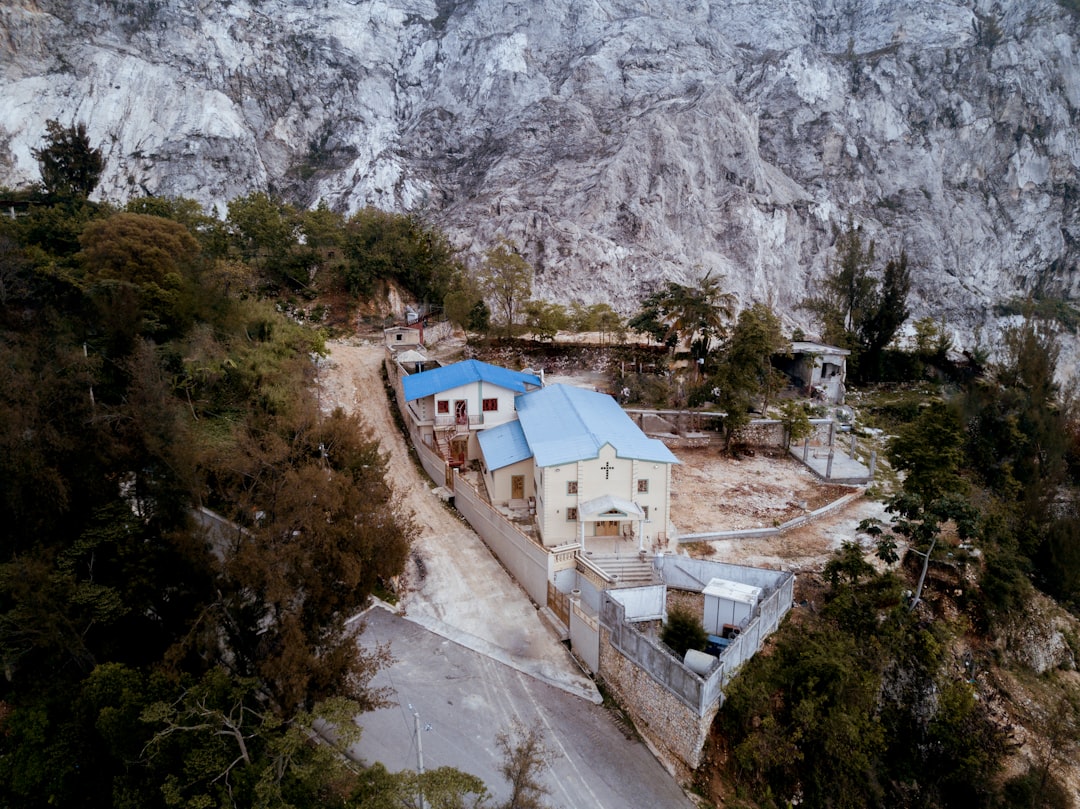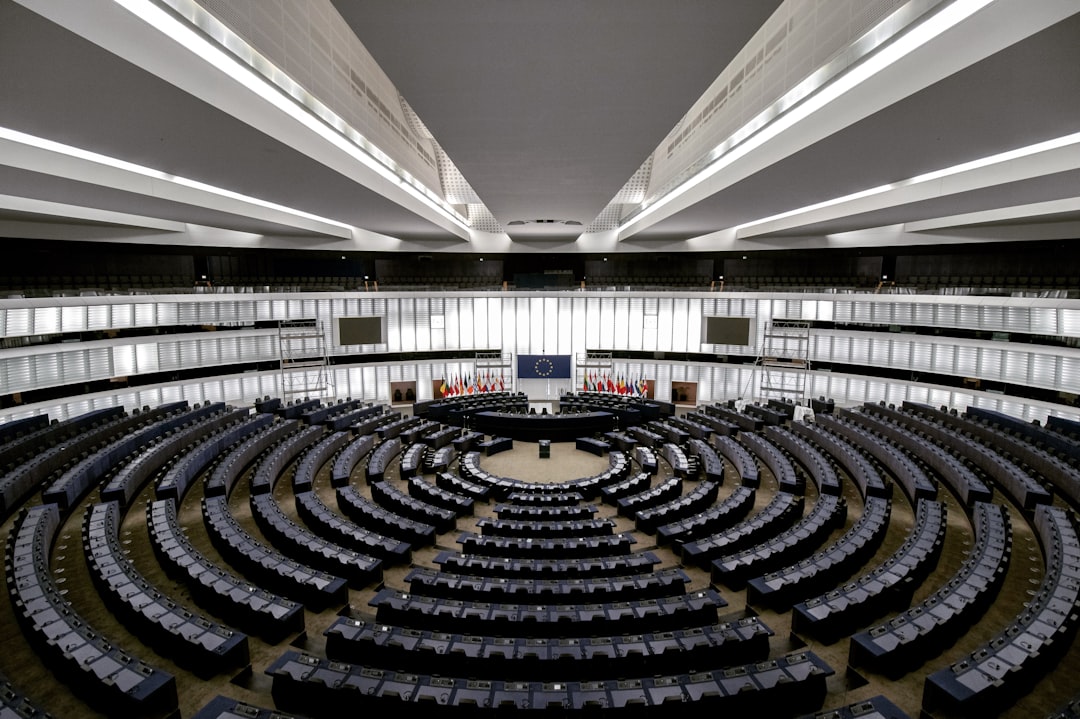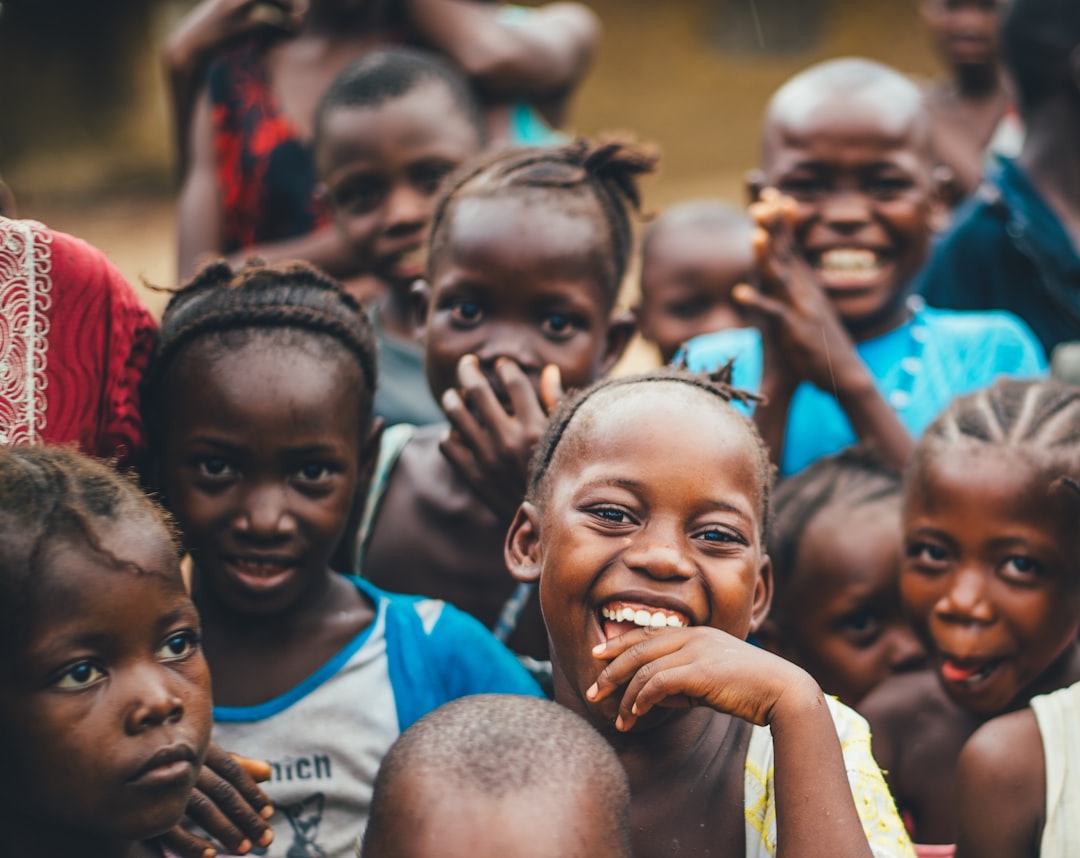All across the globe, sky-blue hats are a symbol of international cooperation and hope. These hats are the iconic blue protective helmets worn by United Nations (UN) peacekeepers while on duty. They are especially prevalent in rural, developing, and conflict-ridden regions. Particularly, UN peacekeepers have been a fixture in Haiti for the last 15 years until recently. On October 15, 2019, the familiar sea of blue hats left, leaving many questions. But, most importantly, peacekeepers have, perhaps, ironically left behind a legacy of human rights abuses.
In 2010, the UN’s failure to ensure the hygiene of its peacekeeping force resulted in bringing the fatal disease, cholera, to Haiti. Tens of thousands of deaths followed but with little response by the UN. Ultimately, it took the UN six years to deliver a deliberately ambiguous apology, and their plan of implementing sanitation infrastructure has yet to be fulfilled. However, the bigger problems lie in the broken trust of the Haitian people who feel a betrayal of the hope which the blue hats once promised.

The Lead Up
In January of 2010, a devastating earthquake struck Haiti, killing approximately 100,000 people. The real figures are estimated to be much higher with some suggesting over 300,000 deaths. The damages from the natural disaster were calculated to be approximately US$8 billion. As a small developing nation with many scattered villages, the effects of the earthquake were catastrophic. As a result, the country became in desperate need of disaster relief and additional external support to keep it afloat.
The United Nations at this point had been maintaining a presence in Haiti since 2004 as part of the United Nations Stabilisation Mission in Haiti. Although, it is more commonly referred to as MINUSTAH, based on the acronym of its French name, Mission des Nations Unies pour la stabilisation en Haïti. The initial goal of MINUSTAH was to help stabilise the country after a period of anarchy and provide a greater sense of order. The UN extended their mission deadline in light of the 2010 earthquake and their role shifted from essentially law enforcement to a focus on disaster relief. This disaster relief would be even more desperately needed as cholera would strike just months later.
The Disaster
In October 2010, cholera broke out in the already disaster-stricken country of Haiti. Spreading like wildfire, cholera claimed hundreds of victims within the first month and thousands more over the coming year. The disease has yet to be completely eradicated and has claimed 10,000 lives to date. However, because of the rural nature of its population, record-keeping is difficult, and the real figures have been estimated to be over 30,000 deaths. Moreover, although cholera is fast-spreading and deadly, it is also an easily treatable disease if only the right medical facilities are available.
The Disease
Cholera is an extremely infectious and potentially fatal disease. Its effects are simple: it causes intense dehydration of the body, resulting in acute diarrhoea and vomiting. The transmission is water-borne, so an island country like Haiti, surrounded by water and dependent on rivers, is particularly vulnerable. The symptoms start to show just hours after contraction and, if left untreated, can kill within the next few hours. Even if treated, infected individuals remain a transmitter of the disease for over a week after having initially contracted the disease. It is a fast-spreading, easily fatal, and acutely painful disease.
However, it is also an extremely preventable and treatable disease. Those living in cities or in the developed world need not and do not fear this disease because basic modern facilities ensure sanitation and clean water, which is all it takes to stop the disease from spreading. Moreover, Oral Cholera Vaccines (OCV) are readily available to prevent the disease in the first place. But even if one were to contract this disease in a developed nation, a quick response and a basic intravenous drip will hydrate the body sufficiently to maintain all necessary bodily functions, and the body will recover independently in swift due course. It is for this reason, Westerners from the UN living in Haiti at the time of the cholera outbreak did not worry about contracting or dying from the disease themselves.
Unfortunately, this was not the case for Haitians, where the vast majority of the population lived in inaccessible rural communities without easy access to hospitals and clinics. The nearest treatment centres were often full day trips over mountains and through forests. Furthermore, the same rural nature of the communities meant that they had no access to adequate sanitation or clean water. They relied on rivers and public reservoirs of water to drink, cook, and wash. On paper, it is a place primed for a deadly cholera outbreak.
Interestingly, however, Haiti had never had a problem with cholera in its modern history until recently. The latest suspected cases of cholera in Haiti were over a century ago, and scientific evidence suggests that the cholera virus is not present in any form in the natural environment. This then begs the question: was cholera brought into the country by external factors?
The Cause
Just before the Haitian earthquake and cholera outbreak, the small, landlocked Himalayan country of Nepal was facing its own issues with cholera. Nepal has traditionally had a recurring problem with cholera outbreaks with a particularly virulent strain of the virus spreading epidemically in 2009. This special strain of cholera would be found identically replicated in Haiti less than a year later. It is impossible for transmission of the virus to have spread across the globe by mere coincidence or by natural processes. There must have been a carrier organism that brought the disease to Haiti.
The Carrier
The overwhelming majority of scientific evidence places blame on the United Nations. An investigation revealed two crucial mistakes by the UN that led to the mass epidemic of cholera that took thousands of lives. First, the UN failed to screen its incoming peacekeeping forces for cholera. This is important given that a troupe of peacekeepers came from the recently cholera-stricken country of Nepal. Cholera can be an invisible disease at times, as individuals can remain infectious even weeks after overcoming the disease. The failure of the UN to ensure that its peacekeeping forces did not carry infectious diseases highlights a costly and systematic error in UN peacekeeping operations.
Second, the UN failed to maintain basic sanitation and waste management systems. The UN contracted a local waste management company to remove the waste of the peacekeeping force. But this company disposed of waste by placing it in huge dumps in the ground in Haiti’s more rural and sparsely populated regions. The sanitation company failed to comply with adequate hygiene standards, which resulted in broken pipes leaking waste into nearby rivers and the occasional flooding of waste onto residential areas. As a result, cholera, a water-borne disease, carried by the un-screened Nepalese peacekeepers, entered the water supply and triggered an epidemic.
The result of this is widely acknowledged by legal and media bodies: the UN did commit human rights abuses in Haiti. They failed to protect the very people they were supposed to protect and even after learning of their faults, they did everything to mask their culpability. It is not only the bringing of the disease, but their negligence even with the knowledge of wrongdoing that constitutes the gross violations of the rights to clean water, hygiene, and in some instances, life.

The Response
The United Nations has repeatedly denied any culpability for the humanitarian disaster in Haiti. In the wake of the outbreak, the Pan-American Health Organisation, the American branch of the UN’s World Health Organisation, decided not to pursue finding the source of the cholera outbreak, which would have been instrumental in stopping its spread. As a result, cholera still permeates Haitian society even today. This indifference toward the cholera crisis has been reflected in statements from the UN, the chief of MINUSTAH, and the UN Office of Legal Affairs.
In response, some smaller human rights organisations, namely the Bureau des Avocats Internationaux (BAI) and the Institute for Justice & Democracy in Haiti (IJDH), fought for recognition of violations and a more proactive response to help the victims and survivors of the disaster. They pursued three things in particular: an explicit apology by the UN for causing the crisis, compensation for deaths and illnesses caused, and establishment of water and sanitation infrastructure to curb the current crisis and prevent any future crises.
However, there was a problem behind the plan. Article Two of the Convention on the Privileges and Immunities of the UN states that the UN “shall enjoy immunity from every form of legal process”. This is to ensure the independence of the UN and protect it lawsuits, effectively giving it the freedom to act and critique without worry over potential litigations. This legal immunity also acts analogous to the legal immunity of diplomats and government officials; i.e. to avoid bureaucratic delays and backlog. However, this has resulted in an unintended consequence of shielding the UN from dealing with the consequences of their actions.
This problem was tentatively resolved by another article in the same convention, Section 29 of Article 8. It states that the UN “shall make provisions for appropriate modes of settlement”. This means that the UN is liable to provide compensation for any torts or other private law disputes. The deaths, injuries, and failure to uphold peace and security falls under this section, which is the basis for the claims of BAI and IJDH.
The Claim
In November 2011, BAI and IJDH filed an unprecedented claim against the UN on behalf of 5000 victims. The ‘Petition for Relief’ initially started off with the goal of roughly 100 claimants, but the number quickly swelled to several thousand due to the overwhelming response of the Haitian people. They requested awards of apology, compensation, and sanitation infrastructure. But, after waiting for over a year, the UN eventually replied, saying that the claims were “not receivable.”
Given the unprecedented nature of the case, the reply was understandably confusing. Neither the UN nor the human rights organisations advocating on behalf of the Haitians knew what to expect. Nonetheless, BAI and IJDH requested an explanation of this severely delayed, inadequately brief response to a claim brought by thousands of victims. This too was rejected without transparent reasons.
The final resort, then, was to take the UN to court. Two small organisations fighting for the rights of a small island nation against the largest, most important human rights organisation in the world seemed like an impossible task. In October 2013, BAI and IJDH filed a class action lawsuit in the Southern District of New York. It was rejected on the basis of the UN’s legal immunity. The appeal to the Second Circuit Court of Appeals was also rejected on the same basis in October 2016.
However, in December 2016, there came a breakthrough. The Secretary General at the time, His Excellency Ban Ki-Moon, finally delivered a public apology at the UN General Assembly and proposed renewed efforts at combating cholera in a more effective manner. The new approach promises both a US$181 million package on new sanitation infrastructure to finally eradicate the disease and a US$200 million community fund to monetarily assist the victims.

Looking Forward
The public apology is a good first step. However, many critics have noticed that at no point in the speech did the UN Secretary General ever explicitly accept blame or legal culpability; he merely apologised at the inadequacy of the solvency approaches as opposed to causing the crisis itself. A more explicit and sincere apology would go far to repair the wrecked relations between the Haitian people and the UN. If the UN wants to help Haiti recover fully and assist it in any potential future catastrophes, the UN must strive to build its bridges with Haiti again.
The dual proposals to rebuild and compensate the Haitian survivors hint towards the beginnings of a new relationship between the UN and Haiti. However, given that the UN has only raised funds of approximately US$7 million (roughly 2 percent of the promised total), the actual deliverance of their promise remains to be seen.
There are several other potential avenues of resolution which the UN can approach. To ensure that this particular problem does not reoccur in the future, systematic changes must be implemented to regularly screen peacekeepers of possible diseases. They must also comply with international sanitary regulations and ensure that contractors are similarly complying with the acceptable standards. But if a disaster should occur, the UN must be swift in their apology to preserve trust, and deliver tangible medical and humanitarian aid.
Going forward, the UN must strive to never let such an atrocity like this happen again. Their reputation as an enforcer and protector of human rights is crucial. If at-risk populations and communities no longer trust the UN, they may no longer allow the UN to assist when they are at their most vulnerable. At this point, the least the UN can do is apologise, deliver on its promises, and ensure the safety of their protectees for the future.





